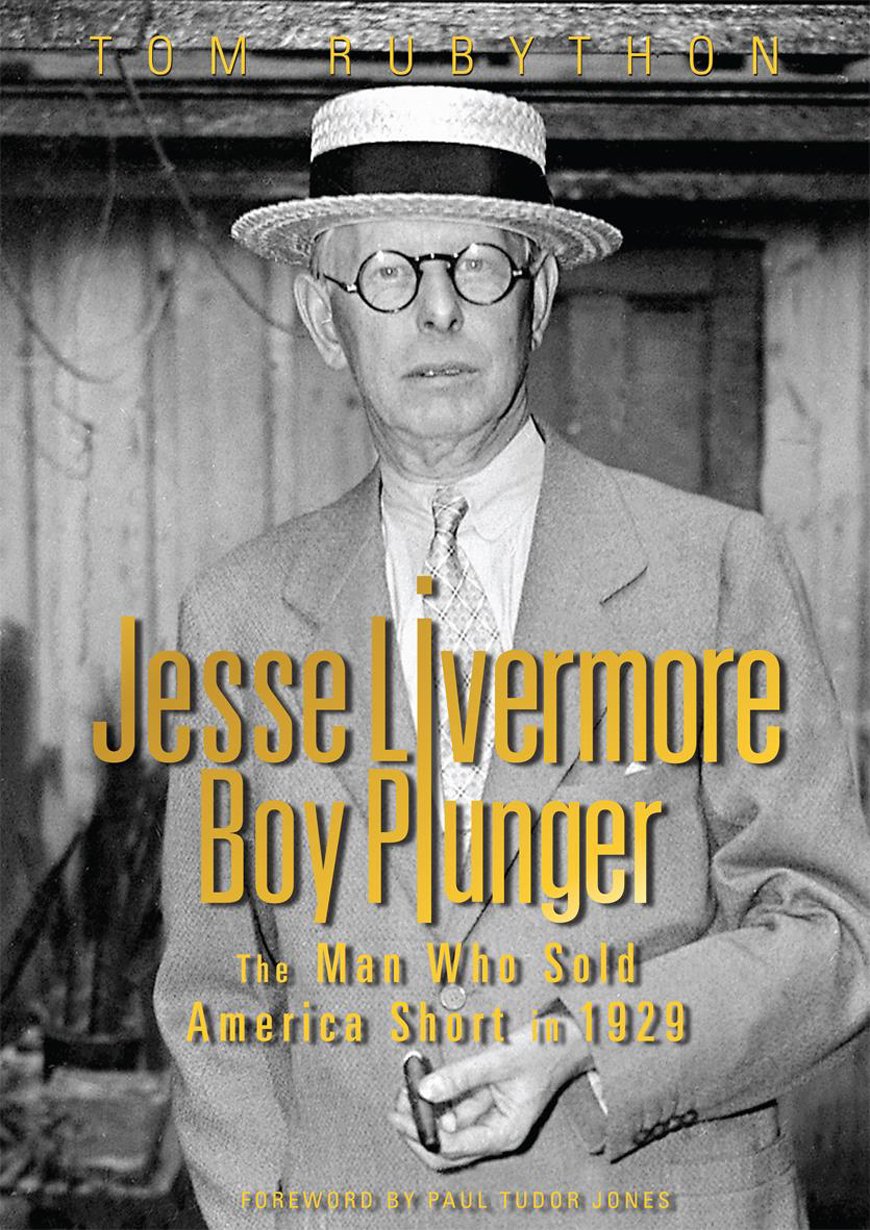 This is a story of triumph and tragedy. Jesse Livermore is notable as one of the few people who ever made it into the richest tiers of society by speculating — by trading stocks and commodities — betting on price movements.
This is a story of triumph and tragedy. Jesse Livermore is notable as one of the few people who ever made it into the richest tiers of society by speculating — by trading stocks and commodities — betting on price movements.
This is three stories in one. Story one is the clever trader with an intuitive knack who learned to adapt when conditions changed, until the day came when it got too hard. Story two is the man who lacked financial risk control, and took big chances, a few of which worked out spectacularly, and a few of ruined him financially. Story three is how too much success, if not properly handled, can ruin a man, with lust, greed and pride leading to his death.
The author spends most of his time on story one, next most on story two, then the least on story three. The three stories flow naturally from the narrative that is largely chronological. By the end of the book, you see Jesse Livermore — a guy who did amazing things, but ultimately failed in money and life.
Let me briefly summarize those three aspects of his life so that you can get a feel for what you will run into in the book:
The Clever Trader
Jesse Livermore came to the stock market in Boston at age 14, and was a very quick study. He showed intuition on market affairs that impressed the most of the older men who came to trade at the brokerage where he worked. It wasn’t too long before he wanted to invest for himself, but he didn’t have enough money to open a brokerage account, so he went to a bucket shop. Bucket shops were gambling parlors where small players gambled on stock prices. He showed a knack for the game and made a lot of money. Like someone who beats the casinos in Vegas, the proprietors forced him to leave.
He then had more than enough money to meet his current needs, and set up a brokerage account. But the stock market did not behave like a bucket shop, and so he lost money while he learned to adapt. Eventually, he succeeded at speculating on both stocks and commodities, leading to his greatest successes in being short the stock market prior to the panic of 1907, and the crash in 1929. During the 1920s, he started his own firm to try to institutionalize his gifts, and it worked for much of the era. (more…)


 This is a story of triumph and tragedy. Jesse Livermore is notable as one of the few people who ever made it into the richest tiers of society by speculating — by trading stocks and commodities — betting on price movements.
This is a story of triumph and tragedy. Jesse Livermore is notable as one of the few people who ever made it into the richest tiers of society by speculating — by trading stocks and commodities — betting on price movements.
